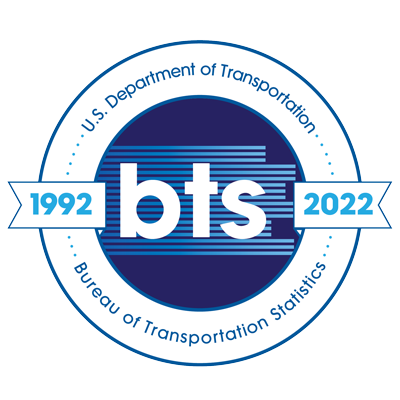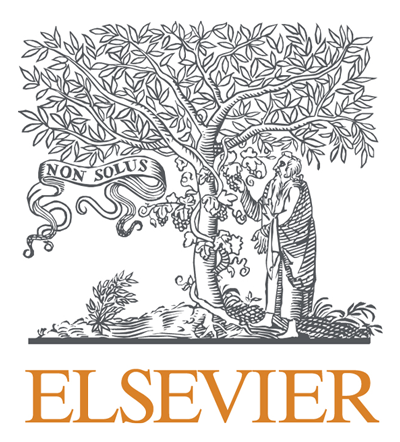Resilience gentrification in Houston after Hurricane Harvey
Topics:
Keywords: Disaster resilience, Gentrification, Hurricane, Street View, Flooding
Abstract Type: Paper Abstract
Authors:
Wei Zhai, University of Texas at San Antonio
,
,
,
,
,
,
,
,
,
Abstract
Local environmental improvement plans are increasingly popular among urban planners. As climate change and environmental justice concerns increase, many communities demand a change in local land use policies that put these concerns at the forefront. One such community is the city of Houston, Texas, which issued several environmental improvement plans in recent years after the devastation of Hurricane Harvey. However, such efforts could, in turn, cause gentrification, especially for the long-standing overburdened neighborhoods. This study first aims to identify the gentrification of neighborhoods in Huston, TX after Hurricane Harvey using street view images and American Community Survey data. Specifically, the study will evaluate different dimensions of the neighborhood environment (wealthy, lively, depressing, safe, boring, and beautiful) of each property. I will train the Place Pulse 2.0 Dataset and evaluate the street view of all the flooded properties before and after Hurricane Harvey so as to measure, to what extent, the neighborhoods have been gentrified. I will also use property value to validate the gentrification outcome derived from street view images. Second, I will associate the property damage during Hurricane Harvey with the gentrification level measured. The purpose of doing so is to answer if the house with more disaster damage level is more likely to be. Third, I will also examine environmental justice by exploring the association between the level of gentrification, disaster damage level, and socioeconomic factors of neighborhoods. The study will shed new light on disaster recovery and environmental justice from the perspective of gentrification.
Resilience gentrification in Houston after Hurricane Harvey
Category
Paper Abstract








